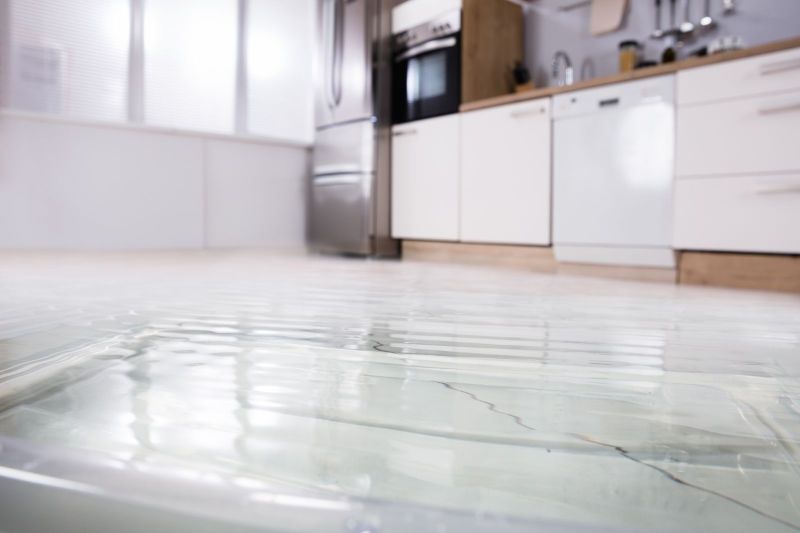Water damage can be a homeowner's worst nightmare. Whether it's caused by a burst pipe, a natural disaster, or a leaky roof, the effects of water damage can be devastating. However, with proper knowledge and swift action, you can minimize the damage and restore your home to its former state. In this ultimate guide to water damage restoration, we'll walk you through the essential steps and information you need to know to effectively deal with water damage.
Understand the Types of Water Damage:
Water damage can be classified into three main categories based on the source and level of contamination:
- Clean Water: This type of water damage originates from a clean water source such as a broken pipe or an overflowing sink. Although the water is initially clean, it can quickly become contaminated if left untreated.
- Grey Water: Grey water is slightly contaminated and can come from sources like washing machines, dishwashers, or toilet overflows. It may contain chemicals or bacteria that can pose health risks.
- Black Water: Black water is highly contaminated and often contains sewage, chemicals, or other hazardous substances. This type of water damage is typically caused by natural disasters, sewage backups, or toilet overflows.
Understanding the type of water damage you're dealing with is crucial, as it determines the appropriate restoration procedures and safety precautions.
Act Swiftly:
Time is of the essence when it comes to water damage restoration. The longer water sits in your home, the greater the damage and the higher the risk of mold growth. As soon as you discover water damage, take immediate action:
- Ensure Safety: Before entering the affected area, turn off the electricity and gas supply to avoid electrical shocks or gas leaks. If necessary, wear protective gear such as gloves and boots to prevent direct contact with contaminated water.
- Remove Excess Water: Use buckets, mops, or a wet/dry vacuum to remove standing water. If the water is extensive, consider contacting professional water removal services.
- Salvage Valuables: Safely remove furniture, rugs, and other valuable items from the affected area. Promptly drying and cleaning these items can increase the chances of successful restoration.
Assess the Damage:
Once the water has been removed, it's crucial to assess the extent of the damage. Thoroughly inspect the affected area and document all visible signs of damage. This documentation will be useful for insurance claims and restoration professionals.
Dry and Dehumidify:
Drying out the affected area is vital to prevent further damage and mold growth. Use fans, dehumidifiers, and open windows to facilitate airflow and aid in the drying process. If the damage is extensive, consider renting industrial-grade drying equipment or seeking professional help.
Clean and Disinfect:
After drying, it's important to clean and disinfect all surfaces, furniture, and belongings that were exposed to water. Use appropriate cleaning agents and disinfectants to eliminate bacteria and prevent mold growth. Pay special attention to hidden areas such as wall cavities and under flooring.
Restoration and Repair:
Depending on the severity of the water damage, you may need professional assistance for restoration and repairs. Engage the services of a reputable water damage restoration company that specializes in repairing water-damaged structures. They have the expertise and equipment to restore your home to its pre-damage condition.
Prevent Future Water Damage:
To prevent future water damage, take proactive measures such as:
- Regular Maintenance: Inspect and maintain your plumbing, roof, and appliances regularly to identify and address potential issues before they escalate.
- Proper Insulation: Ensure proper insulation in your home to prevent pipe bursts during cold weather.
- Effective Drainage: Ensure your gutters and downspouts are clear of debris and direct water away from your foundation.
- Install Water Detection Devices: Consider installing water detection devices that can alert you to leaks or flooding.
By following these steps and staying vigilant, you can minimize the impact of water damage and protect your home from future incidents.
Water damage restoration requires prompt action, proper assessment, and a systematic approach. By understanding the types of water damage, acting swiftly, and following the necessary steps, you can effectively restore your home and minimize the long-term effects of water damage. Remember, when it comes to water damage, time is of the essence, so don't delay in taking the necessary measures to protect your property.

